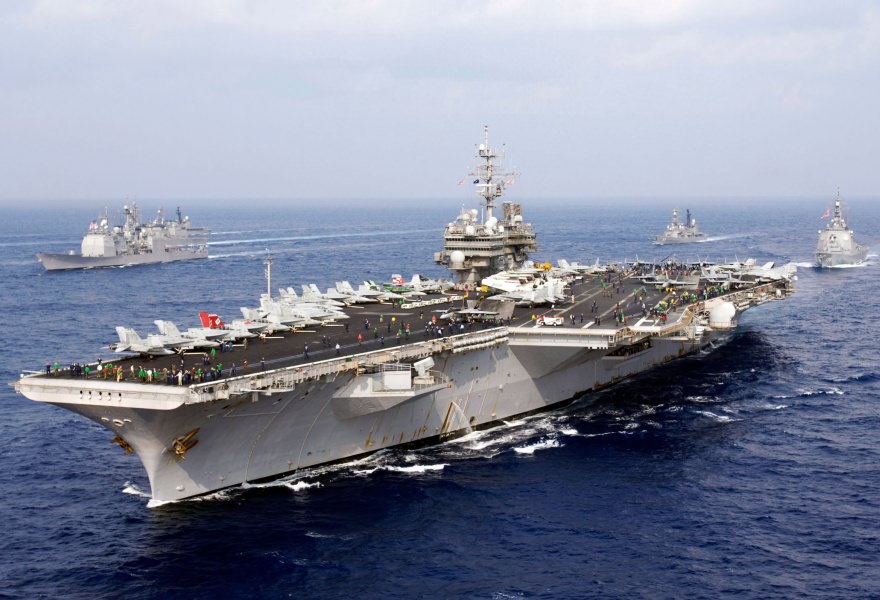

An aircraft carrier strike group’s prime role is to project power far beyond its national borders. Their large compliments of long-range land-attack missiles, together with the carrier’s air wing, provide state-of-the-art firepower, giving China a potent weapon at its disposal.

Aircraft carriers do not operate alone and form the nucleus of a fleet that surrounds the carrier, protecting this mobile airbase while also contributing massive amounts of firepower that can devastate targets on the ocean or hundreds of kilometres inland. The goal for China’s navy is to have six carrier strike groups operating by 2035, allowing China to project levels of combat power unprecedented in its history wherever it chooses. The Fujian has shown the world that China has leapfrogged over several current military technologies, like steam catapult-launching, rejecting them for cutting-edge designs that will set up China’s carrier fleet for years to come. The Fujian is conventionally powered but predictions are that the next one to be built by China will be nuclear-powered. Its navy has yet to operate a nuclear-powered carrier, as the US has done for decades. France is slowly developing a similar system and India is examining its feasibility, but outside the US, only China employs this system. This latest feature gives the Fujian a significant edge, as only the United States’ latest Ford-class of aircraft carrier is equipped with it. Early warning aircraft will be able to take off and land more easily, enhancing the carrier’s ability to spot its enemies from further away.ĮMALS is also able to launch more aircraft at a greater rate, getting more jets into the air faster than its opponents using older technologies – and is vital for defending itself against incoming attacks. Its electromagnetic aircraft launch system (EMALS) will accelerate jets taking off at speed, assisting their take-off with such force the aircraft will be able to carry more fuel and weapons, therefore extending the reach and size of the punch the aircraft carrier packs. The Fujian is colossal: at 316m (1,037ft) long, it will weigh around 100,000 tonnes when fully loaded. The launching ceremony of China’s third aircraft carrier, the Fujian, on June 17, 2022, in Shanghai, China Larger, more powerful This new design of aircraft carrier is a quantum leap in capabilities from these older models and will greatly enhance China’s combat power. While antiquated, they have been used to train new generations of naval officers and pilots in the complex science and art of aircraft carrier operations. The first two carriers, the Liaoning and Shandong, were ex-Soviet designs the Liaoning initially bought for scrap from Ukraine and refitted. Friday’s launch of its third and most advanced aircraft carrier, the Fujian, for sea trials underscores just how far it has come, and how fast. The Chinese navy, under instruction from President Xi Jinping, has undergone a modernisation and expansion programme that is nothing short of spectacular.


 0 kommentar(er)
0 kommentar(er)
